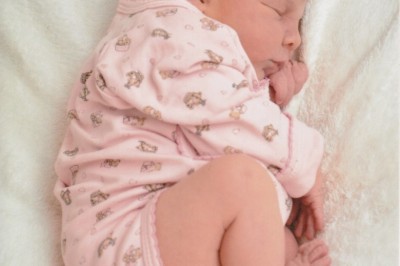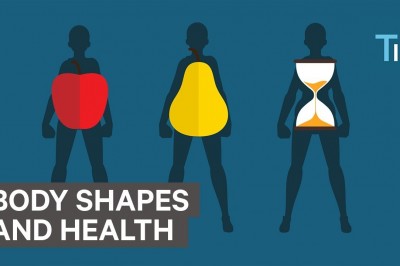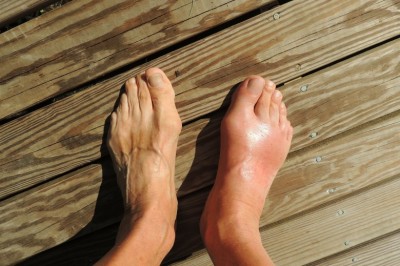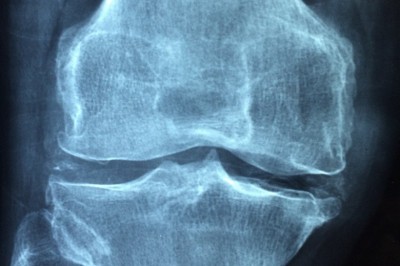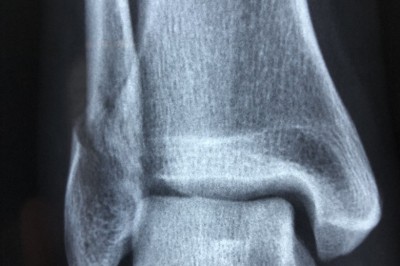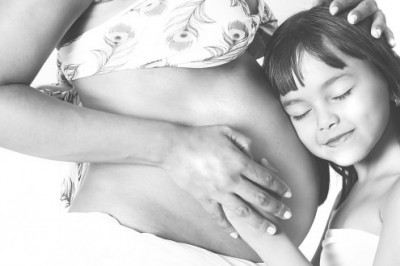Knee Pain: Treatment Using Orthotic Arch Supports
Common Causes of Knee Joint Pain
Leg and knee pain is a common condition among many people and be caused by many different factors. One of the main causes of knee pain is a biomechanical imbalance known as overpronation. This causes pain by creating an internal rotation of the lower leg and knee and can be diagnosed quite easily by detecting a rotation of the foot originating at the ankle. This can be seen most predominantly the outward curvature of the Achilles Tendon, the strip of tissue that attaches the heel and the calf muscle. As this twisting becomes more and more evident, a person with over-pronation can have symptoms such as frequent ankle sprains, painful arches, lower back pain, heel spurs, shin splints, and of course knee pain. Pain in the knees can also occur from normal wear and tear to the joint, but when overpronation is apparent, it causes a joint that should act as a hinge only, to rotate. This joint is not intended to rotate, and it is this irregular motion of the knee that leads to premature wear and tear on the bone resulting in long-term damage and severe knee pain.
Other Common Causes of Excess Pronation
The most common causes of this foot ailment are heredity and the location of the feet while a child is in the mothers uterus. It will tend to deteriorate as a person develops because the muscles, ligaments and other soft tissues of the knee become very slack. as the foot becomes used to the flimsiness of these tissues, the inner ankle bone will stick out significantly. As the muscles in the feet adapt to this abnormal alignment, the person will find that they have an extremely elastic and flat foot. Some external signs of this condition can be extreme wear and tear on the inner soles of shoes, almost no foot arch and also Mortons toe. Mortons toe is a situation, where the big toe is shorter than the second toe and can cause the foot to rotate inward.
A Treatment for Knee Joint Pain
An easy way to correct this foot condition is with the use of orthotics. Orthotic shoe inserts are built to relieve overpronation by providing support to the arch and offering greater stability to the weak ankle joints. They can be inserted into numerous types of shoes, but it is important to select a shoe that has enough arch support and a firm midsole as as starting point. The shoes you use with these types of inserts should be able to fit them. In many cases, you will find that adding this additional arch support will bring more help to your aching knees than using a knee brace. These devices work on your feet the same way that braces work to straighten your teeth. By creating a proper arch they force the ankle joint back into alignment, reducing the twisting on the knee and thus brings relief to the knee joint. Determining the cause of your pain should be fairly easy and using orthotic inserts to reduce the pain is a simple remedy. Leading long, productive lives begins with the care of our joints. We must pay attention to their needs can bring us a comfortable and happy state of health for years to come.
About the Author:
Fred Salomon and the researchers at Footminders understand that by restoring normal foot function, you can regain your natural body balance. Hence Footminders has developed unique orthotic shoe inserts for restoring normal foot function. Footminders orthotics also prevent many other foot health problems such as plantar fasciitis. You can find more information and treatment for some types of foot pain at www.footminders.com.












